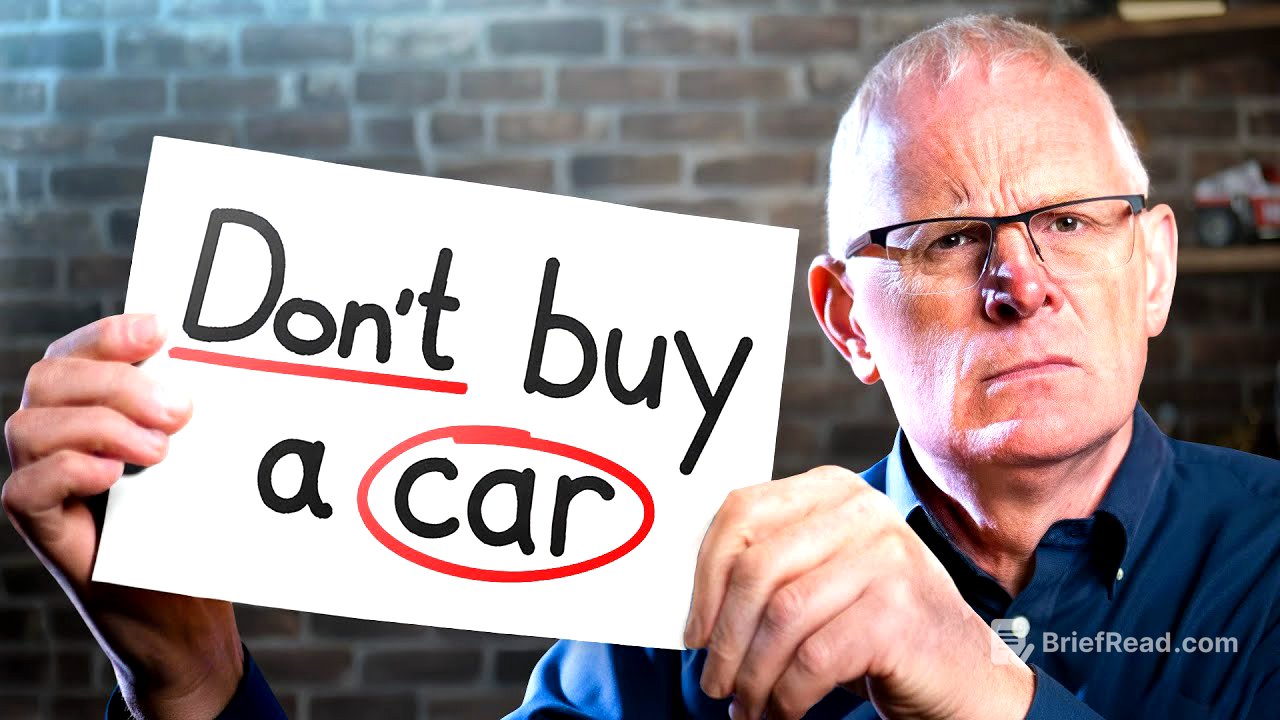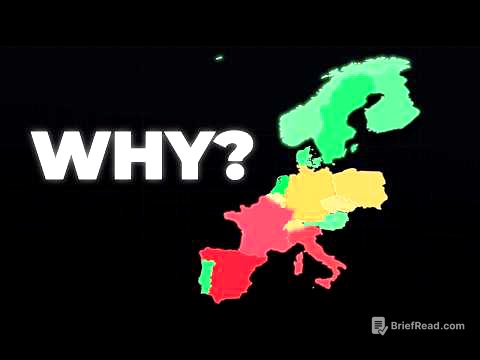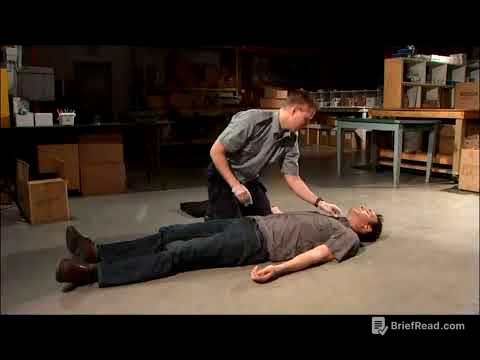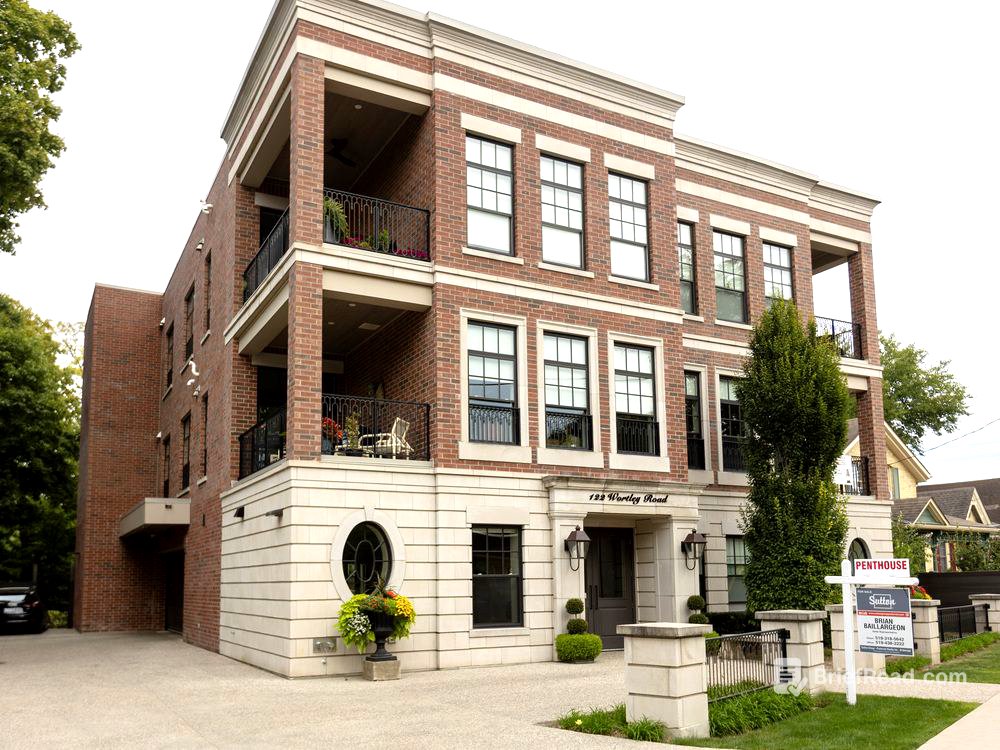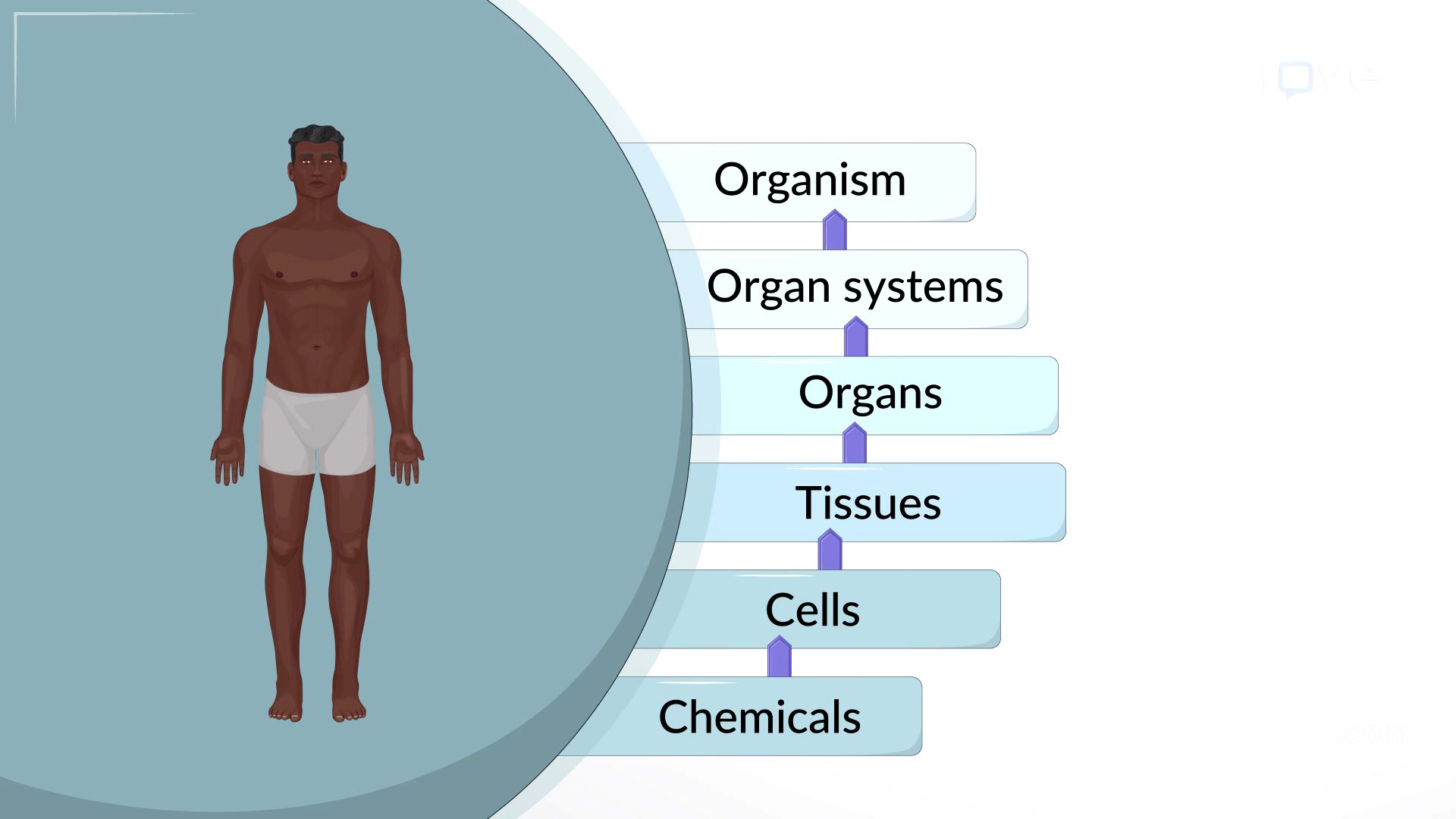TLDR;
The video discusses how car ownership is a significant wealth killer due to depreciation, associated costs, and opportunity cost. It highlights the increasing auto loan debt and the phenomenon of being "car poor." The video also explains the true cost of owning a car beyond the sticker price, including depreciation, insurance, fuel, financing, maintenance, taxes, and repairs. It contrasts the financial outcomes of buying a new car versus investing the same amount, advocating for smarter car choices to free up funds for investment.
- Car ownership is a major wealth killer due to depreciation and associated costs.
- The true cost of owning a car is much higher than the sticker price.
- Investing the money instead of buying a new car can lead to significant wealth accumulation.
- Buying used cars, adhering to the 15% rule for transportation costs, and keeping cars for over 10 years are recommended strategies.
Introduction: The Number One Wealth Killer [0:00]
The video starts by stating that transportation, specifically car ownership, is a major wealth killer that is often overlooked. The average person spends a significant portion of their monthly income on transportation, which includes car payments, insurance, fuel, repairs, and parking. Unlike housing, which provides a place to live, or utilities, which can be reduced by finding better deals, car expenses are often a financial drain due to the depreciating value of vehicles.
Explosion of Auto Loan Debt and the "Car Poor" Trap [1:27]
The amount of money people owe on their cars has increased dramatically. Total auto loan debt has risen from $720 billion in 2005 to $1.62 trillion in 2025. This has led to more people becoming "car poor," where they can only afford their car payments but cannot build wealth. This situation is fueled by the desire to impress others with a nice car, influenced by car industry marketing and social pressure. Many people borrow more than the car is worth, resulting in negative equity, where they owe more on the loan than the car's actual value.
The True Cost of Car Ownership [4:15]
The sticker price of a car is not the true cost of owning it. For example, a Honda Civic with a sticker price of $27,867 actually costs $46,821 over five years when considering all expenses. These expenses include $10,999 in depreciation, nearly $12,000 in insurance, $6,415 in fuel, $4,719 in financing costs, $3,224 in maintenance, $2,800 in taxes and fees, and $1,790 in repairs. These costs highlight the financial burden of car ownership beyond the initial purchase price.
Opportunity Cost: Car vs. Investment [8:11]
Choosing to buy a car over investing has a significant opportunity cost. Over five years, the Honda Civic example results in a net worth loss of over $27,000 after reselling the car. In contrast, investing the same monthly payment of $780 into an S&P 500 index fund with a historical average return of 10% per year would result in approximately $60,016, a gain of over $13,000 in net worth. This represents a price difference of $40,721, illustrating the potential wealth accumulation missed by choosing a car over investing.
Strategies for Buying a Car and Investing [11:16]
To buy a car and still invest, follow these three steps:
- Buy in the sweet spot: Purchase a 3-4 year old car with 30-40,000 miles to avoid the initial depreciation hit while still getting modern features and potential warranty coverage.
- Follow the 15% rule: Ensure total transportation costs do not exceed 15% of monthly income to avoid becoming car poor.
- Keep it for more than 10 years: Maintain the car to avoid frequent trade-ins, allowing for long-term wealth building.
Following these steps can save hundreds of dollars per month, which, when invested, can grow significantly over time.
